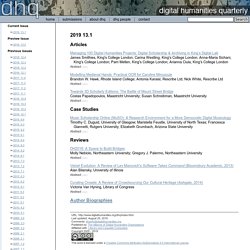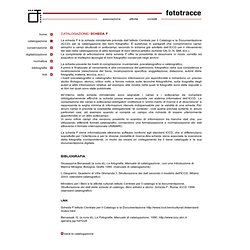

About us - Scotland’s Archaeology Strategy. Background In response to its Review of the Archaeology Function, Historic Scotland convened, in 2013, a Scottish Strategic Archaeology Committee to help create and promote a Strategy for Archaeology in Scotland.

This Committee, together with Historic Scotland, have developed this consultation paper looking at the role that archaeology can play in Scotland’s future This ten-year Strategy envisages a nation where the cultural and economic value of archaeology is fully realised for the benefit of all. Acknowledging the challenges, it explores opportunities to reinvigorate archaeology’s contribution to our understanding of the past, to our sense of identity, and to our overall wellbeing. The implementation of this Strategy heralds significant change within the sector and your views matter. We welcome your vital contributions to making archaeology matter and encourage you to complete the Respondent Information Form and Consultation Questionnaire. Looking after our heritage - Archaeology Review.
A review into how Historic Scotland supports, funds and utilises archaeology was concluded in early 2012.

It looked at the scope of the archaeology work the agency commissions how it supports projects across the country and how the resulting evidence is used in our understanding of our history, the properties in our care and the way we present information to visitors. By delivering the review’s recommendations Historic Scotland will develop its role to champion the archaeology sector. A dedicated forum to represent the sector and influence related policy will be created in due course. Archaeology Review 2012 [PDF, 270 KB] For more information contact on roderick.mccullagh@scotland.gsi.gov.uk Creative approaches for moving forward The final aim for the current project is to try and find the most appropriate outcome for each of the projects on the ‘inactive’ list, with the objective of clearing all projects.
Bibliography. 2014. Managing 100 Digital Humanities Projects: Digital Scholarship & Archiving in King’s Digital Lab James Smithies, King's College London; Carina Westling, King's College London; Anna-Maria Sichani, King's College London; Pam Mellen, King's College London; Arianna Ciula, King's College London Modelling Medieval Hands: Practical OCR for Caroline Minuscule Brandon W.

Hawk, Rhode Island College; Antonia Karaisl, Rescribe Ltd; Nick White, Rescribe Ltd Towards 3D Scholarly Editions: The Battle of Mount Street Bridge Costas Papadopoulos, Maastricht University; Susan Schreibman, Maastricht University. (286) Standardization versus Mapping: Some considerations on CIDOC-CRM extension. Andrea d'Andrea, Università degli Studi di Napoli l'Orientale, Italy Standardization and sharing data are the key works in archaeological computing agenda.

In fact only apparently we have many digital resources available. Different formats, systems and structures make difficult to access to different archaeological repositories. In order to overcome this limit, mainly produced by the spread of computer applications often developed with proprietary format, recently we witnessed of implementation of thesauri, standards and metadata. Multiplication of these tools has increased the confusion: to guarantee the interoperability among various archives it is necessary to produce a mapping between different data structure.
Recently the diffusion of CIDOC-CRM made easier this task. '+' Ricerca – Reperti archeologici. 07_Mancinelli. Index. Catalogazione/scheda F. La scheda F è la scheda ministeriale prevista dall’Istituto Centrale per il Catalogo e la Documentazione (ICCD) per la catalogazione dei beni fotografici.

È suddivisa in paragrafi che comprendono campi semplici e campi strutturati in sottocampi, secondo lo schema già adottato dall’ICCD per il rilevamento dei dati nella catalogazione di altre tipologie di beni storico-artistici (schede OA, D, N, SMI, ecc.). La complessità di articolazione della scheda F offre la possibilità di descrivere in modo corretto ed esaustivo le molteplici tipologie di beni fotografici conservati negli archivi. La scheda prevede tre livelli di compilazione: inventariale, precatalografico e catalografico.
Il primo è finalizzato al censimento e alla conoscenza del patrimonio fotografico nella sua consistenza e localizzazione (descrizione del bene, localizzazione specifica, soggettazione, datazione, autore della fotografia, materia, tecnica, ecc.). Giuseppina Benassati (a cura di), La fotografia. Catalogazione_digitale. Homepage. MICHAEL Italia. Doc_obj_18122_25-03-2011_4d8c69c14d60e. Corso di Catalogazione digitale dei BBCC. Indagini sistemi periferici. Curriculum_SIT. '+' Ricerche. Tesi_guadalupi. Sistema Museale della Provincia di Ravenna - ICCD e SIGEC. Developing Data Standards. National Monuments Record Thesauri. FISH Interoperability Toolkit.